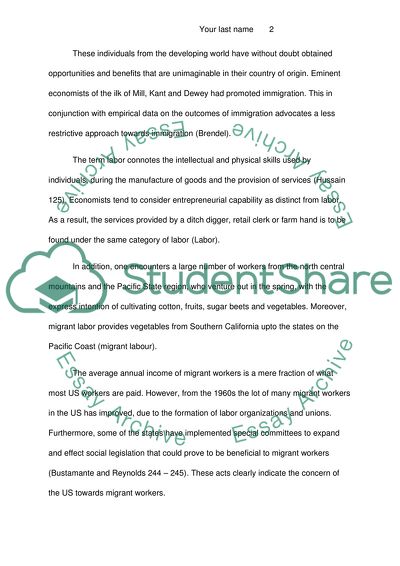Cite this document
(Migratory Farm Labor Essay Example | Topics and Well Written Essays - 1750 words, n.d.)
Migratory Farm Labor Essay Example | Topics and Well Written Essays - 1750 words. https://studentshare.org/agriculture/1774114-migratory-farm-labor
Migratory Farm Labor Essay Example | Topics and Well Written Essays - 1750 words. https://studentshare.org/agriculture/1774114-migratory-farm-labor
(Migratory Farm Labor Essay Example | Topics and Well Written Essays - 1750 Words)
Migratory Farm Labor Essay Example | Topics and Well Written Essays - 1750 Words. https://studentshare.org/agriculture/1774114-migratory-farm-labor.
Migratory Farm Labor Essay Example | Topics and Well Written Essays - 1750 Words. https://studentshare.org/agriculture/1774114-migratory-farm-labor.
“Migratory Farm Labor Essay Example | Topics and Well Written Essays - 1750 Words”. https://studentshare.org/agriculture/1774114-migratory-farm-labor.


